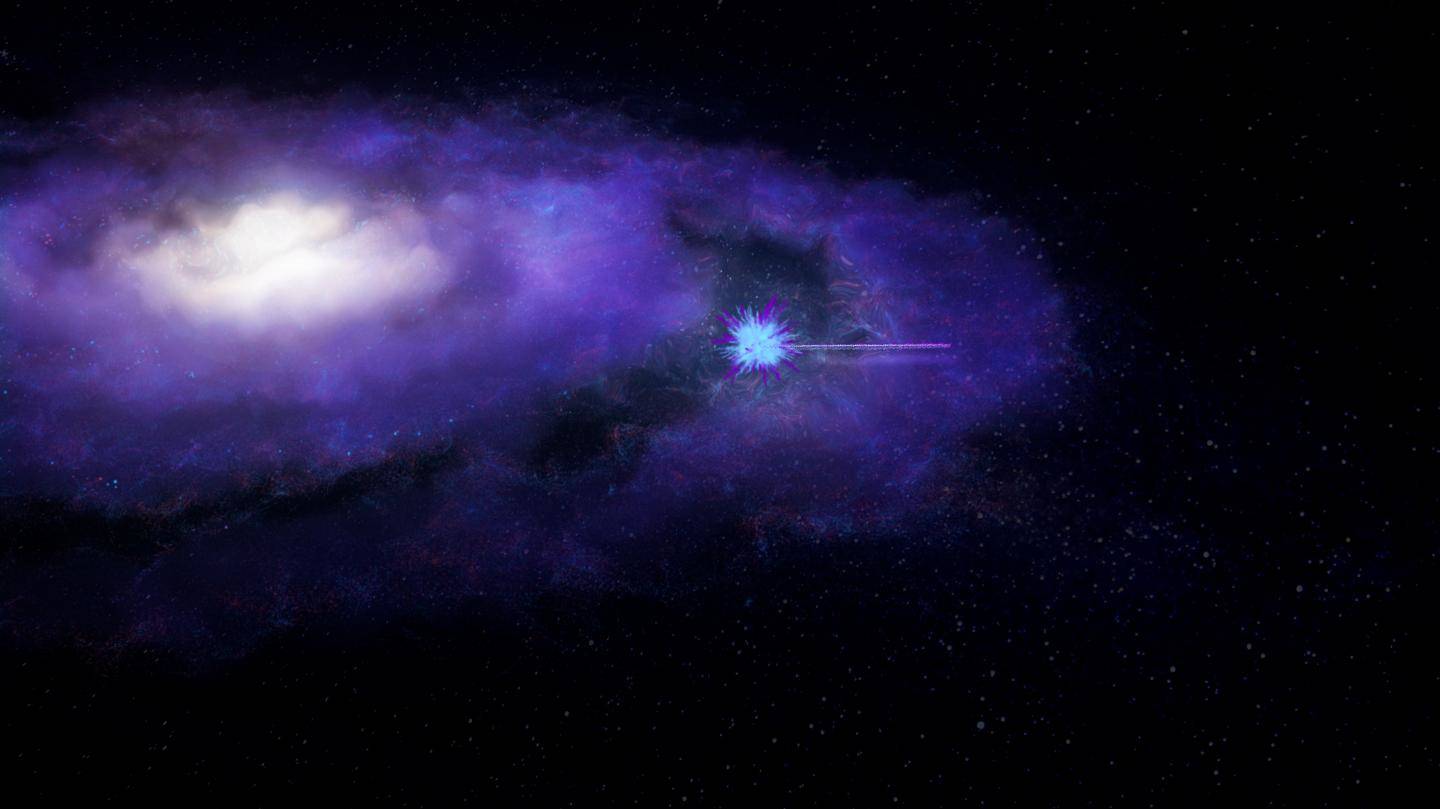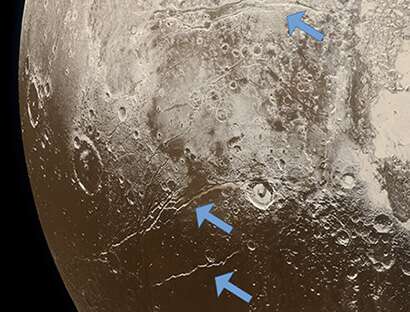Science Tips Tips Tricks Technology ‘Ring of fire’ solar eclipse set to blot out (most of) the sun this weekend

Science Tips Tips Tricks Technology
Photographer Kristen M Caldon captured this annular solar eclipse sequence at the Grand Canyon National Park in 2012.
Kristen M. Caldon/NPS/Grand Canyon National Park
The first solar eclipse of 2020 will treat a narrow band of the world to a glowing “ring of fire” on June 21 (or June 20 depending on where you’re located).
An annular solar eclipse happens when the moon is too far away from us to completely hide the sun, leaving a circle of brightness around the moon. That is how it gets the poetic “ring of fire” nickname.
For more like this
Subscribe to the CNET Now newsletter for our editors’ picks for the most important stories of the day.
The full annular eclipse will be visible from parts of Africa and Asia. “A narrow stripe from Africa to the Pacific Ocean will see the Moon in front of the Sun (blocking 99.4% of the Sun at its peak in northern India) such that only a bright ring is visible,” NASA said in a skywatching update for June.
Time and Date lets you dial in details for your area, and tells you whether you’re in line for the full eclipse, a partial eclipse or no eclipse at all. A NASA website also shows the eclipse path on an interactive map and lets you zoom in to find a viewing location.
Even if you’re not in the right geographic spot to catch the eclipse in person, you may still be in luck thanks to the Virtual Telescope Project, which livestreams notable celestial events. Eclipse fans in the US will need to stay up late. The Virtual Telescope Project will kick off coverage at 10:30 p.m. PT on Saturday night.
The National Astronomical Observatory of Japan will offer a Japanese-language livestream with its view of a partial eclipse starting at 11:45 p.m. PT on Saturday.
This won’t be the only eclipse of the year. A total solar eclipse is on tap for Dec. 14 for viewers in parts of South America.
Watching online isn’t the same as being there, but it’s still an opportunity to contemplate the wonders of the sun and the moon, and our place in the solar system.
Science Tips Tips Tricks Technology Super blood wolf moon lunar eclipse dazzles in striking photos




